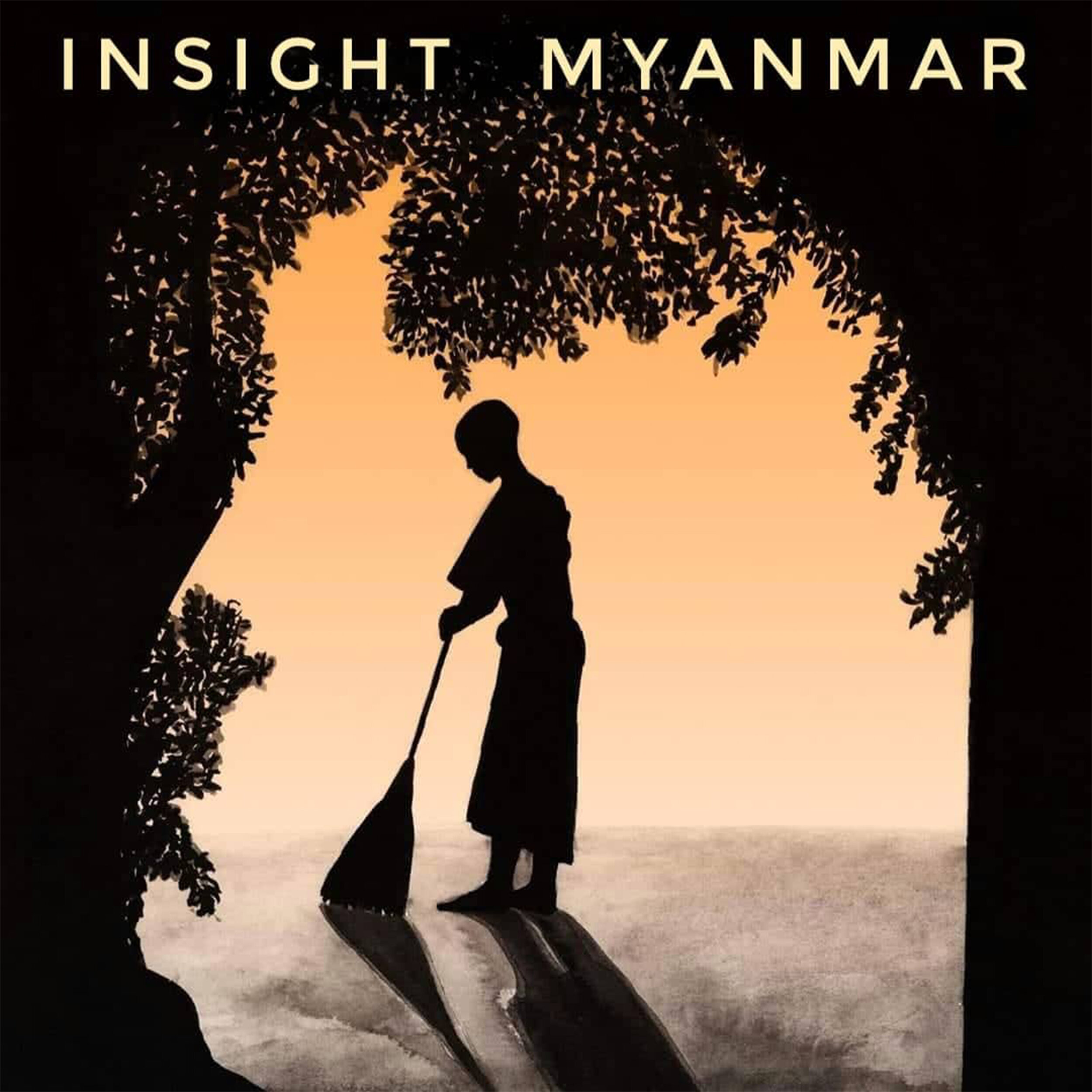The Birth of the Civil Disobedience Movement
Coco is a Burmese doctor, 31 years old, who worked with his father in their private clinic. After the coup, his aspiration to further his career abroad was shattered. So he became actively involved in the Civil Disobedience Movement (CDM), supporting it financially and through direct involvement, including medical support for protesters. Coco's story exemplifies the shift from a professional medical career to active political resistance, highlighting the broader involvement of Myanmar's healthcare professionals in opposing the military regime.
Knowing Coco's story is critical, as it provides a real-time account of the events after the coup, offering a vivid picture of the situation today. His transition from a medical professional to an active participant against the military regime encapsulates the broader dynamics of resistance within Myanmar. Hs narrative not only personalizes Myanmar’s political upheaval, but also highlights the significant role of healthcare professionals in the movement, underscoring the intertwined nature of personal ambition and the collective struggle for democracy. The following excerpt describes a day-by-day account after the military takeover.
“Since a lot of civilians are unfamiliar with weaponry and physical fighting skills, we came up with the idea of an evidence-based and non-violent method of political resistance: Civil Disobedience Movement (CDM).”
Around the afternoon, internet connections came back and everything was confirmed. Everyone was panicking. Some of us don’t know whether we should start stocking food or not. We were all just confused. I am not sure who started this idea but there was a nationwide consensus to wait 72 hours, to see what was really happening and to respond accordingly. Some people suspected this period of time was actually part of a military operation to showcase the world that the coup was accepted by people of Myanmar since there is only nationwide silence, without any actions of resistance.
However, this quiet 72 hours pause somehow played into our strength because it provided us time to really sit down, brainstorm and discuss ideas on appropriate response. Since a lot of civilians are unfamiliar with weaponry and physical fighting skills, we came up with the idea of an evidence-based and non-violent method of political resistance: Civil Disobedience Movement (CDM).
Given our country’s history, we knew that the military soldiers are not above shooting anyone protesting on the streets. But by civilians utilizing the soft-power of the CDM, many doctors believed that we could defeat the hard power our Myanmar government possess. It was the only tangible and credible response we could think of!
During the first 72 hours, we were collecting doctors and government staff to join the CDM. Meanwhile, some doctors and the public were mistaking CDM as the Red Ribbon Movement, which is a political action taken by medical staff who continue working as usual in governmental hospital institutions while wearing a red ribbon on their uniform to symbolize rejection of the coup. But honestly, the junta could not care less about what we wear or do not wear! After a long debate and discussions within communities, CDM was slowly becoming more popular and more people started joining.
Then, the 72 hours came and passed. The first place of civilian protest started in Mandalay, where one famous doctor began protesting on the streets. At times of major confusion, there were people who did not trust the doctor and hence, did not join the streets protest and waited how CDM would go. They thought that by standing on the streets, the civilians were providing a chance for military soldiers to open fire at them.
